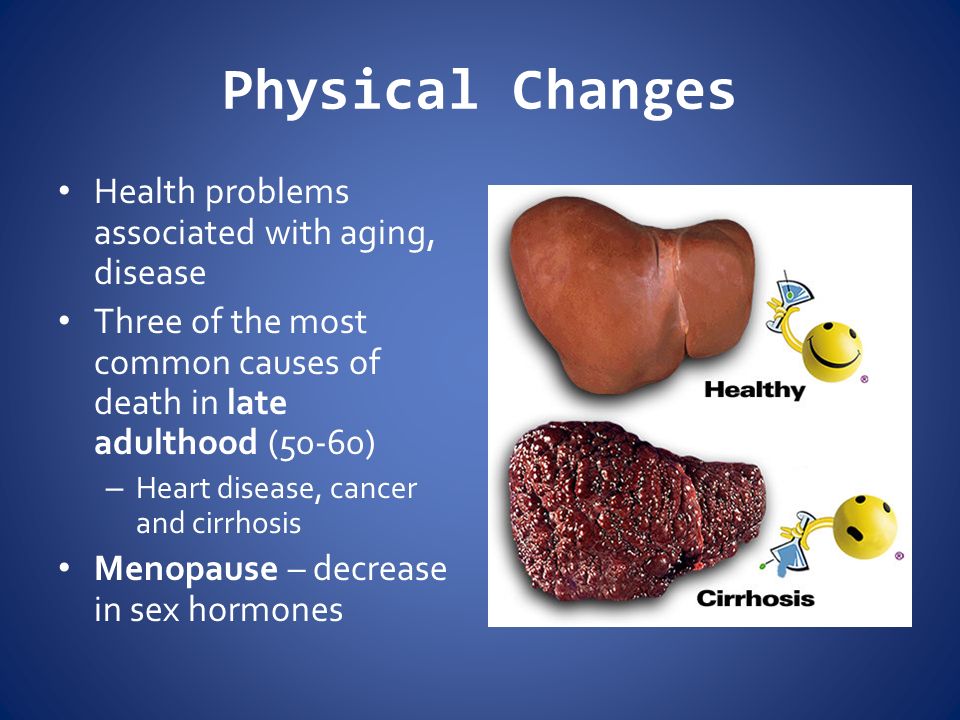


Learn about the theories associated with Middle Adulthood Development and careers available in the middle adulthood development psychology field.


Interesting facts about Goldendoodles. Where did they originate, do they come in different sizes, and how DO you pronounce Goldendoodle in Japanese? Includes fabulous photos!

cence is an important period of physical, social, psychological, and cognitive growth. No longer ren and not yet adults, cents make significant choices about their health and develop attitudes and health behaviors that continue into adulthood.
Historically and cross-culturally, adulthood has been determined primarily by the start of (the appearance of secondary sex characteristics such as menstruation in women, ejaculation in men, and pubic hair in both sexes).


Millennials in Adulthood. Detached from Institutions, Networked with Friends. The Millennial generation is forging a distinctive path into adulthood.
Becoming a adult is exciting, difficult, and scary for both parents and teens. It is a time of increasing independence and change, no matter what the situation.
Teens who try to act older than their age might gain popularity early on but are more likely to have problems with drugs and alcohol and engage in serious criminal behavior by their early 20s, according to the study published on Thursday in the journal Development. “It appears that while so
adulthood – Translation to Spanish, pronunciation, and forum discussions

Ashford University offers online Sociology courses and classes. Find credit information, course descriptions, and more at Ashford University.
Emerging adulthood is a phase of the life span between cence and full-fledged adulthood which encompasses late cence and early adulthood, proposed by Jeffrey Arnett in a 2000 article in the American Psychologist.
